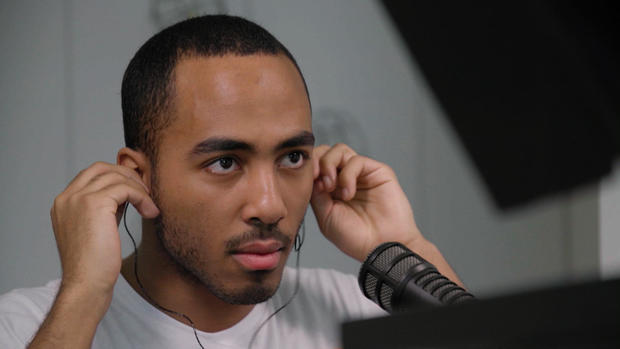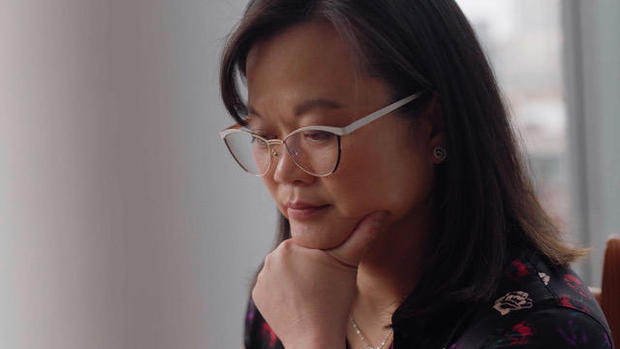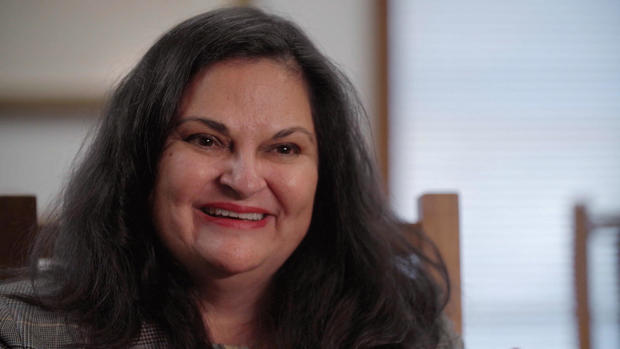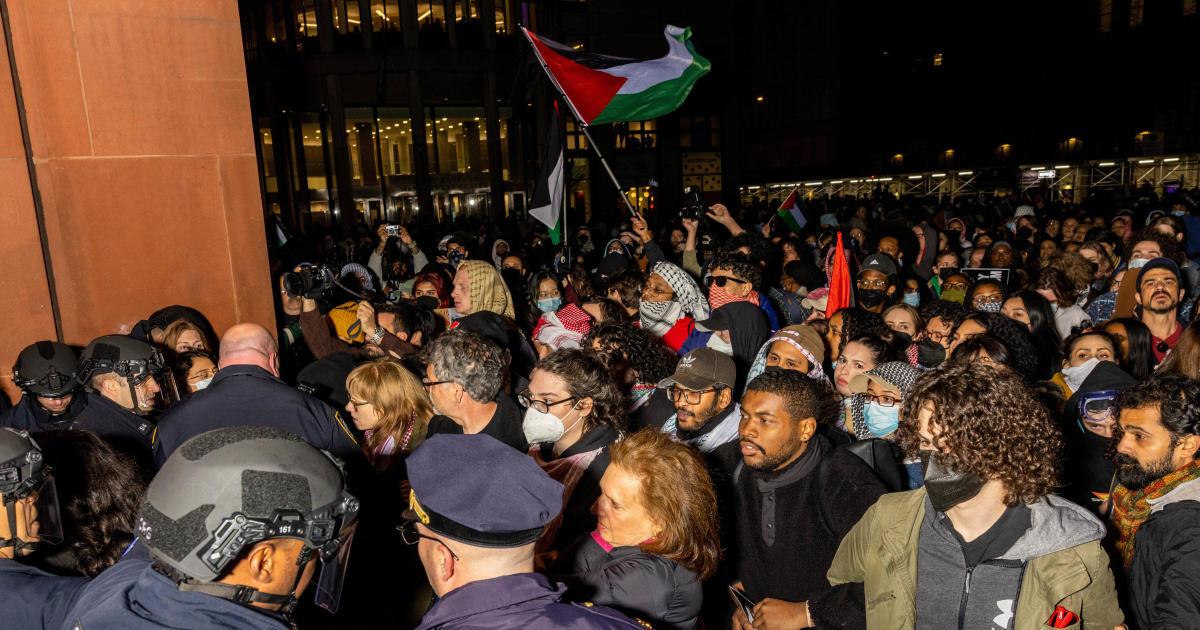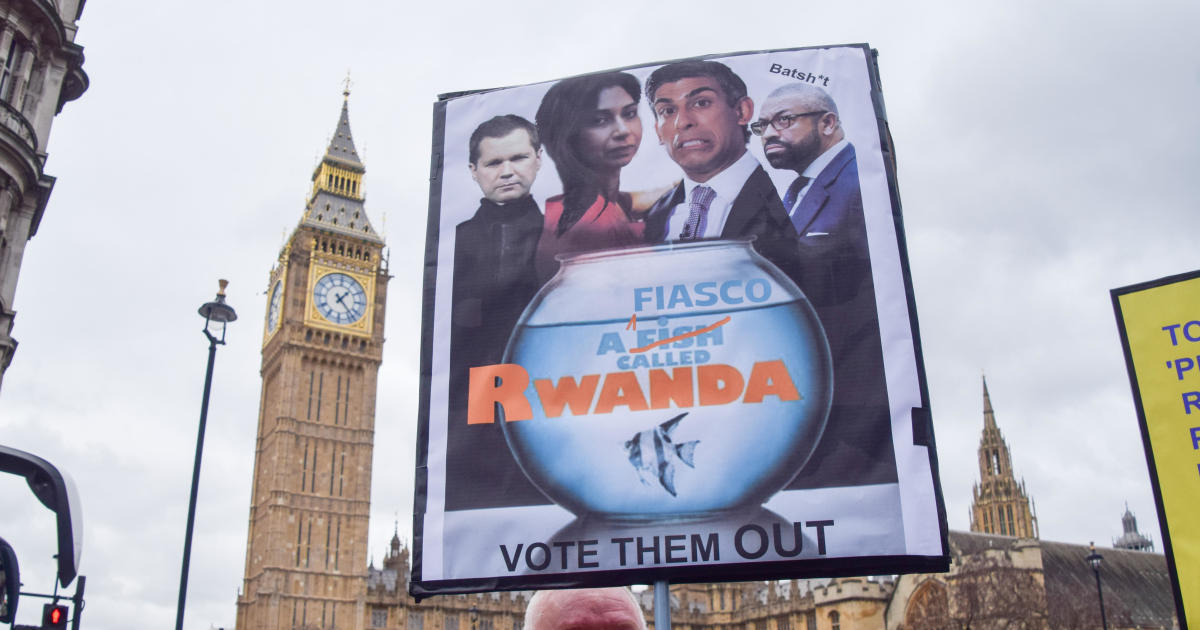Affirmative action and the diversity dilemma
Watch the CBS Reports documentary "The Diversity Dilemma" in the video player above.
Affirmative action policies were created to increase the representation of women and people of color in the workforce and on college campuses. But how affirmative action goals are implemented has been challenged in courts and public opinion since the Civil Rights Act of 1964 was signed into law.
Gail Heriot, a law professor at the University of San Diego and a commissioner on the U.S. Commission for Civil Rights, is a vocal opponent of affirmative action programs. "What concerns people is preferential treatment based on race, which is just another way of saying discrimination based on race. You can't prefer one race without discriminating against another race," she said.
Ibram X. Kendi, director of the Boston University Center of Antiracist Research, told CBS News, "If we as a nation are serious about creating equity and justice, we have to institute programs that have been proven to create more equity in our schools, in our colleges, and our workplaces." He added, "Affirmative action programs in education have been demonstrated to increase diversity and increase access specifically for underrepresented groups."
CBS News spoke with individuals about their thoughts and experiences with affirmative action.
Coleman Hughes, recent grad: "Affirmative action is a distraction from the real issues"
"The thing about affirmative action is, as a Black person, you never really know whether it's affecting you," said Coleman Hughes, a recent graduate of Columbia University. "I suspect that I would have gotten in [to Columbia] if I were White or Asian, but I don't actually know that as a matter of fact. For some Black people, that creates a sort of imposter syndrome."
Hughes grew up in a racially diverse and affluent community in northern New Jersey and graduated from a private high school. In middle school, his parents sent him to an SAT prep course. He recalled the teacher said, "Based on your score and the fact you're Black, you're going to get into any college you want."
Hughes found the comment problematic. "So when we're talking about this policy, we're already talking about the elite of Black people. People who, for the most part, we're not really thinking of when we think of the problem of lack of preparedness, inner-city poverty, and the trials and tribulations of what it means to grow up poor and Black," said Hughes.
A 2017 study by nonprofit Opportunity Insights, found some colleges have more students from the top 1%of the income scale than from the entire bottom 60%and roughly 1 in 4 of the richest students attend an elite college.
"Affirmative action is a distraction from the real issues," said Hughes. "We could refocus the conversation on early childhood interventions that are backed by evidence that work. Affirmative action side steps that entirely and helps people like me, who frankly didn't really need the help."
Even with affirmative action, a 2017 New York Times analysis of data from the National Center for Education Statistics found Black and Hispanic students were more underrepresented at top colleges in 2017 than almost 40 years ago.
A 2019 Pew Research Center survey found 73% of Americans believe colleges and universities should not consider race or ethnicity when making decisions about student admissions. Majorities of White, Black, Latino, and Asian Americans shared that view.
"The way the conversation is framed is if you're for affirmative action, you're pro-Black people, and if you're against it, you're pro-White people." Hughes said. "[We need to] find principles on which to base a multi-racial society that are fair, that are grounded in the desire to see people not as mere stand-ins for the race they happen to be born into, but as individuals."
OiYan Poon, professor: "It's really about seeing a person for who they are and where they came from"
"I remember hearing at least one teacher say to me, 'It's too bad you're not Black because maybe you would get into a more selective college,'" recalled OiYan Poon, associate professor of Educational Policy Studies at the University of Illinois.
Growing up, similar comments from teachers left her on the fence about affirmative action. Poon's parents emigrated from Hong Kong to Massachusetts and she grew up in a predominantly White working-class community outside Springfield. "Recognizing that my family experienced pretty intense discrimination, harassment, and systemic inequalities, I felt really mixed and confused about what this policy was about."
Poon's academic research focuses on racial politics, college access, higher education organization, and affirmative action policy. "I think there's a lot of confusion about college admissions."
The Supreme Court rulings in UC Regents v Bakke in 1978 and Gratz v Bollinger in 2003 changed the way affirmative action programs could be implemented.
The aim of affirmative action shifted from remedying past acts of discrimination to fostering diversity itself as a primary goal.
Colleges can't use racial quotas with set-asides for women and underrepresented groups or automatic point systems for race, sex, ethnicity, or national origin. Race can be considered but only as one of many factors, and colleges largely refer to the admissions practices as "holistic" or "race-conscious."
There is general confusion about college admissions.
"One thing the public often gets wrong about how selective college admissions works is this myth that it's just about how well you did on a test or how well you did on your GPA, your transcripts, your high school grades," Poon explained. "The thing is, merit is much more complicated. There's talent that goes way beyond test scores and grades."
Poon interviewed 50 college admissions professionals as part of her research. She found they wanted to see a complete picture. "First and foremost, [they are looking for] strong academic qualities so these students will make it through the curriculum but also thrive."
"The admissions officers I interviewed found it important to see what [students did] with the resources they had at their disposal or how they overcame barriers to achieving in their high schools."
Poon recalled, "I used to wonder whether affirmative action was a preference. Whether it was a way that just boiled down someone's life story to just a checkbox, and through my research, I found that it's not. In college admissions, in particular, it's really about seeing a person for who they are and where they came from and what that story brings to understanding their talents."
Laura E. Gomez, law professor: "Unless we can get people at the same starting point, it's not a fair race."
UCLA Law Professor Laura E. Gomez went to high school in a predominantly Mexican-American working-class neighborhood in Albuquerque, New Mexico, in the late 1970s. "The small number of White kids in my high school were all in the advanced classes, and then there'd be a couple of us Mexican-American kids. But then all the other Mexican-American kids would be basically taking shop or auto repair," she explained. "Not many kids from my high school went to college."
Gomez went to Harvard in the early 1980s. "I knew affirmative action played a role in my admission, and I thought that was fair because I thought that was bringing me up to the starting line."
"There's some really baked in inequality in our system. Unless we can get people at the same starting point, it's not a fair race," explained Gomez.
According to a 2020 report by the social and economic policy research think tank, Urban Institute, Black and Hispanic students are underrepresented at more selective universities by 6 and 9 percentage points, respectively.
Gomez thrived at Harvard but added, "That doesn't mean it was easy for me. The kids who went to either really good public schools in the suburbs and the kids who went to private schools had a much better education than I did, but I don't think they worked as hard."
A 2019 report by EdBuild, an educational nonprofit, found non- majority White school districts received $23 billion less than majority White districts despite serving the same number of students.
Gomez went onto Stanford University for her graduate studies and holds a doctoral degree in sociology and a law degree.
In 1994, Gomez began teaching at UCLA School of Law and became the first Latina ever hired at the law school. In 2000, Gomez was the second Hispanic woman ever tenured at a top-twenty law school.
"I was never ashamed [of affirmative action]. I never felt any stigma. I felt proud that I had gotten there."
